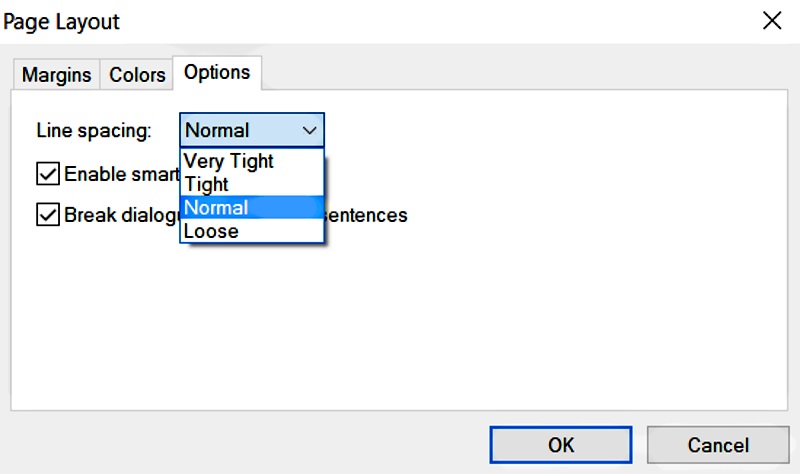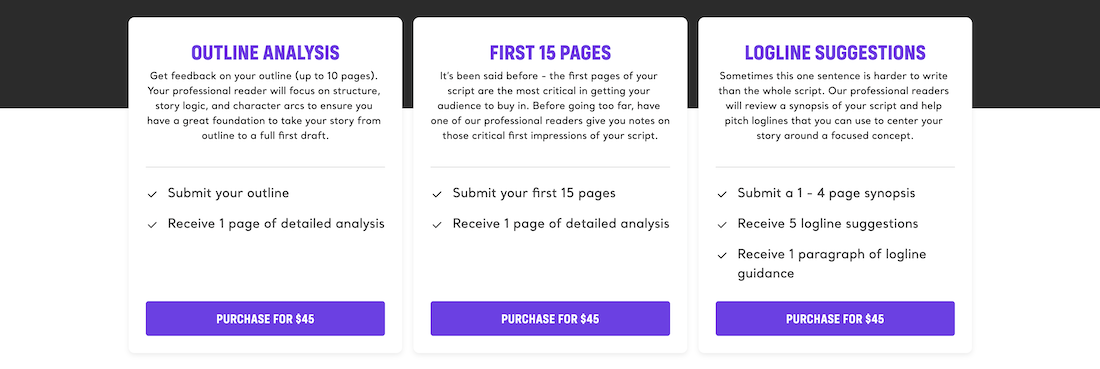Every pro has their own bag of screenwriting tricks, shortcuts, and hacks they utilize in their career. They range from simple practices that make their job easier to choices that can drastically affect the success of their screenplays.
Learn from the pros, adapt what resonates with you, and create a hybrid of proven tricks, shortcuts, and hacks that professional screenwriters use and that could work for you too.
Note: Professional screenwriters have used these tricks, shortcuts, and hacks while working under contracts with major networks, production companies, and studios—either at the request of development executives, producers, and directors, or on their own, with successful results.
5 Random Highly Effective Pro Screenwriting Tricks, Shortcuts, and Hacks
1. Using a Software Hack to Meet Page Requirements/Expectations
A high page count is a stigma for unestablished screenwriters. You can’t escape it. Even if you have a screenplay full of amazing characters, compelling story arcs, mesmerizing sequences, and dialogue that pops off of the page—if your page count is 120 or above, it’s going to draw a red flag.
For many pro screenwriters, page count goals are included in contracts. Sure, the top one-percenters usually don’t have to worry about page counts. But most blue-collar and white-collar pros do have to abide by page count requirements and expectations.
Read More: The 3 Tiers of Professional Screenwriters
The page count wants and needs derive from the old adage that one script page equals one page of screen time. It’s not an exact science by any means. However, it’s an excellent barometer.
- Studios want most features to clock in between 90 and 120 minutes to fit in as many daily screenings as possible.
- Streamers do a belly full of research and metrics, discovering that features that fall under the 90 to 120 minute mark are preferred over longer features that stretch closer and closer to three hours and beyond.
Hollywood development also sees the trends of long scripts with high page counts. Most of them—if not written by top one-percenters—are very overwritten screenplays.
So, the lower the page count, the better your odds of getting a good read without any preconceived notions. It’s not fair. It’s not right. But that the way it is.
When pro screenwriters are trying to make a certain preferred page count but have done everything they can/want to widdle the script down, there’s a simple go-to software hack.
Most screenwriting software allows you to slightly change the margins and tighten the spacing within your screenplay. When you save it to PDF, those changes can buy you anywhere from a few to almost a dozen pages.
We’ll use Final Draft as an example since it is the industry’s most widely used screenwriting software.
In Final Draft, go to Document > Page Layout > Options > Line Spacing.

You’ll be given the option of Very Tight, Tight, Normal, and Loose. Select each and click OK, then see how those settings affect your script’s page count. No one will be able to see the difference.
It works in reverse to, as far as letting your script seem longer than it is if you’re running short on what you feel is an acceptable page count.
Read More: 5 Easy Hacks to Cut Your Script’s Page Count
2. Map Out Your Personal and Professional Networks
Pro screenwriters use this to get into the business, and throughout their careers. Let’s face it, who you know helps. This isn’t specific to the film/TV industry. Every industry showcases employment benefits when it comes to finding people you know in the hierarchies.
Instead of scoffing at that reality, you should embrace it. Why? Because it just may be the deciding factor of whether or not you get a shot. And for pro screenwriters, mapping out the personal and professional networks you’ve built leads to career longevity.
We’ve covered this before, but we’ll summarize below.
You need to map out, literally and figuratively, where you—the screenwriter—can go in your life to make the necessary relationships and connections that you need to make.
There are three types of maps to get you started.
- Personal
- Geographical
- Professional (Industry)
You start by mapping yourself and your personal contacts, regardless of the degree of separation.
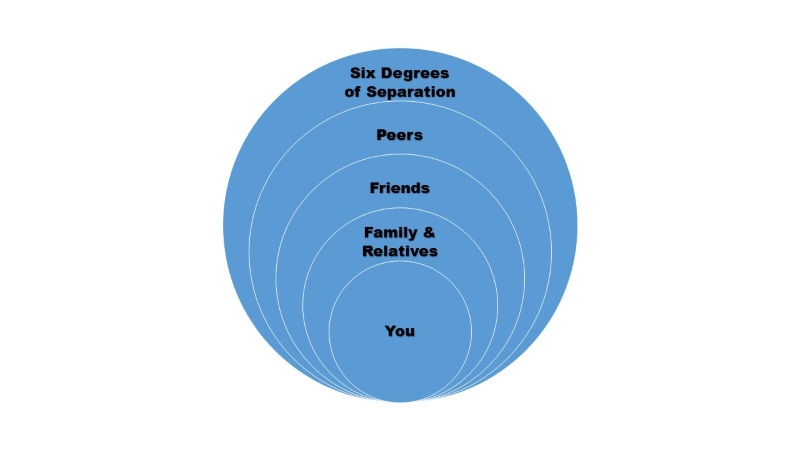
Then you map out your geographical connections.
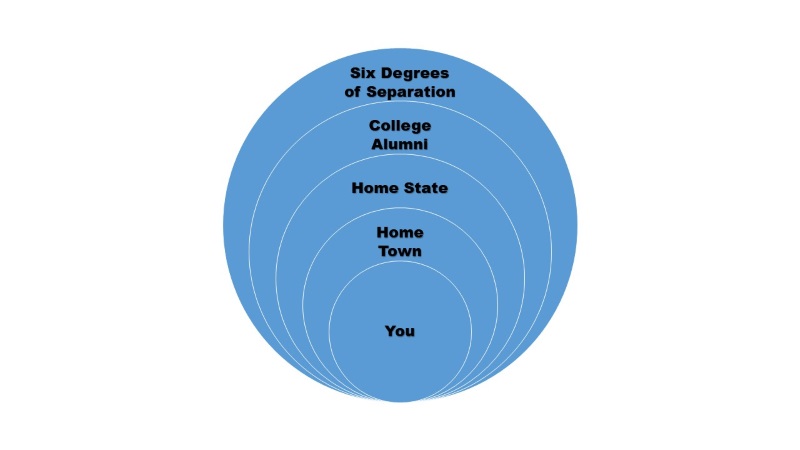
And finally, you map out any industry connections you may have.
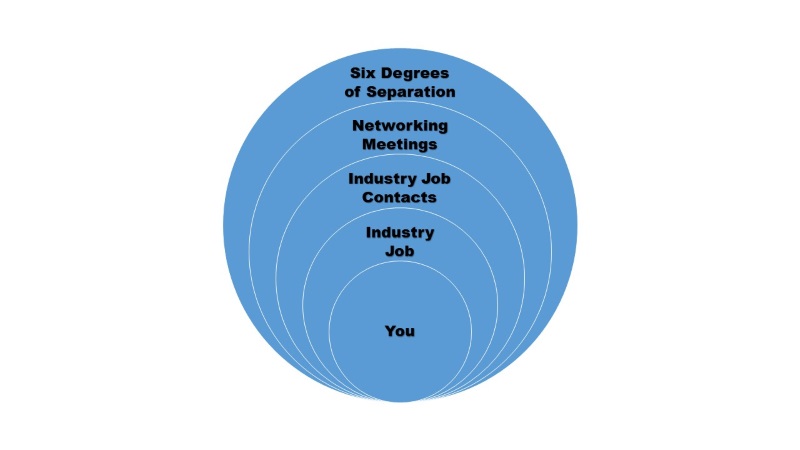
Any findings you have, you add to a contact list spreadsheet you should create.
- Personal connections are the most accessible ins. Nepotism does exist in Hollywood, as it does in nearly every industry.
- Geographical connections are shots in the dark. You can use any connections like that in query emails to break the ice and find commonality where it doesn’t otherwise exist. Some industry insiders are loyal to their geographical connections.
- Professional/Industry connections are huge. Hollywood is network driven. As you build your network through Hollywood jobs and collaborations, you’re essentially creating doors you can unlock with the keys of relationships.
Make no mistake, cold-querying does work. It works for unestablished screenwriters trying to break into the industry, and it works for pro screenwriters trying to explore additional avenues of collaboration.
Read More: Writing the Perfect Query Letter for Your Scripts
3. Start Your Script with the Climax
The opening of any screenplay is judged the most harshly. This is especially true for unestablished screenwriters trying to sell their spec scripts—but it’s still very true for professional screenwriters writing on assignment.
Slow-burn scripts aren’t what most networks, streamers, and studios want. Indie auteurs or well-established filmmakers usually create slow-burn movies.
Most development executives and producers want and need movies that start with a bang. Why? Because that’s what gets the audience invested and engaged from the get-go.
It doesn’t have to be a literal bang (although it doesn’t hurt). It can be:
- An emotional bang
- A visual bang
- A shocking bang
That’s sometimes difficult to attain, though. Some stories can’t fit those moments into the timeline. Even the age-old hero’s journey story structure, established by Joseph Campbell—and brought to the Hollywood feature context by Christopher Vogler—starts the hero’s story in their ordinary world, gradually building to them facing the conflict of the story.
An easy and often-practiced solution is to open the script with a flash-forward of sorts, to show the protagonist(s) amidst the beginning of the climax of the story and then flashing back to the opening where we see them in their ordinary world and then watch as their story builds to them facing the conflict which rocks that world of theirs.
Read More: 15 Movies That Effectively Begin with The Ending
4. Rewrite As You Go
Most Hollywood contracts give screenwriters just 4-8 weeks for the first draft of a script. That’s two months, tops. If you’re still retained, you may have two weeks to apply company notes for the second draft.
If you’re following the dated and ill-advised vomit draft method where you vomit out the first draft and intend on worrying about making it better in the second draft, you’re not going to make that second draft deadline. You’d probably already be fired.
So here’s a pro process you can utilize as a hack to avoid that: rewrite as you go.
- In your first writing session, write 10 pages.
- During your second writing session, start by rereading those first ten pages, and as you do, fix typos, cut down scene description and dialogue to their core, shorten or delete scenes, create a well-paced structure, and then write on from there.
- During the next writing session, you reread what you’ve written—now 20 pages—and rewrite them as you read. Then you continue to write.
- You then repeat this pattern as you write that first draft.
By the time you write FADE OUT at the end of the draft, you’ll have a much more focused, tight, and flowing first draft of your script.
The problem with frantically writing forward without looking back until you finish the script is that in every writing session, you find yourself in a different place mentally, in a different state of mind, and in a different mood.
- You write differently if you’re having a good day than when you have a bad one.
- Or you may have watched a movie or show that sways you in a different direction regarding tone, atmosphere, etc.
- If you keep writing without pausing to review, you won’t stay on the same page as your past self.
Professional screenwriters don’t have the benefit of months upon months of rewriting. You need to learn to develop and write fast—all while being able to offer up outstanding scripts at the same time.
The rewrite-as-you-go approach is necessary to make those strict deadlines. And you can and should train yourself to write like that as soon as possible in your screenwriting journey.
Read More: The 10-Day Screenplay Solution: Learn How to Write Lightning Fast
5. Write a Script Like an Editor Edits a Film
If you offer the reader a truly visual experience as they read your script, you greatly increase your chances of winning a notable competition or fellowship, optioning or selling the script, getting signed by a manager, or landing that coveted assignment contract.
Writers craft screenplays for a visual medium. Too many novice screenwriters forget that. Instead, they opt to just tell their story through an A-Z scene structure approach, often with dialogue that delivers bad exposition in the process.
Screenwriters need to create a visual blueprint for a feature film. This is accomplished best by writing scripts readers can instantly see as features. There’s a style to it that most novice screenwriters forget to include.
- Visualize your scenes before you write them.
- Intercut different scenes together to break up longer scenes.
- Create a rhythm in your pacing.
- Don’t always show characters entering and exiting locations.
- Don’t edit from plot. Instead, edit from instinct. Ill-advised formulas like those found in Save the Cat force you to edit from plot. Trust your instincts and think like a film editor.
Read More: Why Screenwriters Should Think Like Film Editors
Check out our Preparation Notes so you start your story off on the right track!
Ken Miyamoto has worked in the film industry for nearly two decades, most notably as a studio liaison for Sony Studios and then as a script reader and story analyst for Sony Pictures.
He has many studio meetings under his belt as a produced screenwriter, meeting with the likes of Sony, Dreamworks, Universal, Disney, Warner Brothers, as well as many production and management companies. He has had a previous development deal with Lionsgate, as well as multiple writing assignments, including the produced miniseries Blackout, starring Anne Heche, Sean Patrick Flanery, Billy Zane, James Brolin, Haylie Duff, Brian Bloom, Eric La Salle, and Bruce Boxleitner, the feature thriller Hunter’s Creed, and many produced Lifetime thrillers. Follow Ken on Twitter @KenMovies and Instagram @KenMovies76.
The post 5 Highly Effective Pro Screenwriting Tricks, Shortcuts, and Hacks appeared first on ScreenCraft.
Go to Source
Author: Ken Miyamoto
